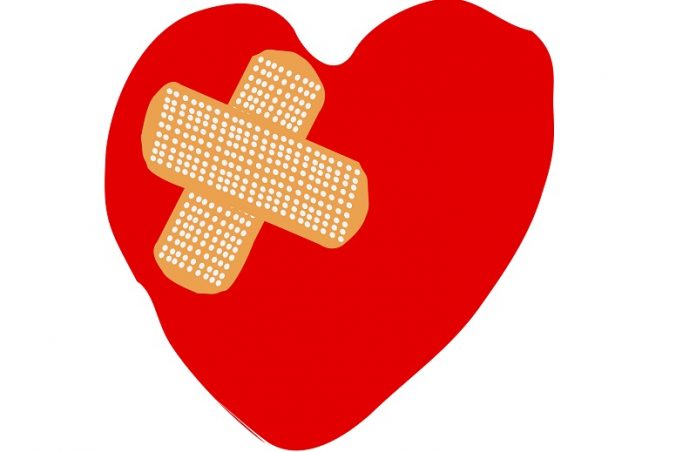
In a new study from Western University, researchers found that a new cardiac patch could get the blood pumping.
The ultra-flexible heart patch may one day be used to restore function to a damaged heart following a cardiac arrest.
After a heart attack and a minimally invasive intervention to restore blood flow to the muscle, the heart is weakened, even after successful surgery or intervention.
Most of the cardiac cells responsible for contracting the heart are dead before the intervention, stopping it from performing its most important task: pumping blood.
The concept of cardiac patches, as a treatment option for heart failure, is not new. What makes the new patch—yet to be tested on a human heart—so special is its method of delivery and its conductivity.
The new patch has the shape-shifting ability to be folded and squeezed into a syringe or a commercial catheter, allowing it to be injected and transported on a ‘fantastic voyage’ to the weakened heart muscle.
Upon arrival, the patch ‘remembers’ its original shape, unfolds, and integrates to the heart muscle.
Once there, electrical conduction is key. The weakened heart muscle, now scar tissue, cannot regenerate on its own nor pump enough blood to the body.
The new conductive and injectable cardiac patch was able to restore majority function to a damaged heart in an animal model.
The new cardiac patch is engineered from elastin, gelatin and carbon nanotube with embedded cardiac cells.
Carbon nanotubes are highly conductive while elastin is ultra-flexible, making the design and delivery method—which is minimally invasive—the perfect solution for the long-standing medical dilemma of enhancing performance after heart failure.
For some patients, a heart transplant is the only option following heart failure but organ donors number far fewer than those on the waiting list.
The team says there just aren’t enough donors so doctors need other solutions, and they think they have one with the new conductive and injectable cardiac patch.
If you care about heart health, please read studies about your tongue could provide window to heart health and findings of eating this food could cause excessive belly fat and heart fat.
For more information about heart disease prevention and treatment, please see recent studies about these two diabetes drugs could both effectively reduce heart and kidney disease and results showing new causes of irregular heartbeat.
The study is published in Nature Biomedical Engineering. One author of the study is professor Kibret Mequanint.
Copyright © 2021 Knowridge Science Report. All rights reserved.



